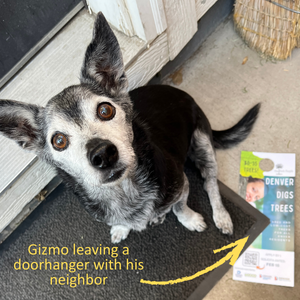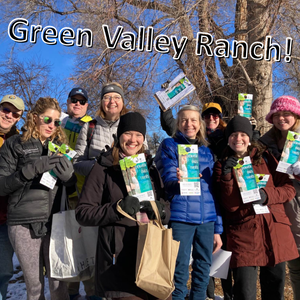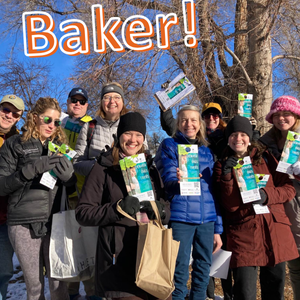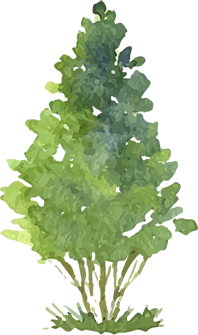FAQ
The Denver Digs Trees program is open to any address in Denver, including single family homes, apartments or condos, schools*, affordable housing communities and more. In order to apply for a tree, you must be authorized to plant a tree on the property you are applying for. Please call the office or email jess@theparkpeople.org with more questions.
*To plant at a Denver Public School you must be a DPS employee, submit a Facilities Modification Request and take full responsibility for year-round care of the tree(s).
If you are not a resident of the City and County of Denver, check out our annual Tree Sale held in conjunction with the Denver Digs Trees distribution.
Please submit a separate application for each planting address. On each application, be sure to enter both your mailing address (where we should send any mailed information about your application) and the appropriate planting address (“Planting Address”).
A Street Tree is planted in a the tree lawn (space between the sidewalk and the curb) or within 10 feet of the curb. A Yard Tree is planted in a back, side or front yard at least 10 feet from the curb. Click here to read more about spacing guidelines for all trees.
Most trees are roughly 1.25″ in diameter, between 6 – 10 feet tall, and weight between 15 – 35lbs.
A truck or SUV is convenient. However, each year we creatively pack trees into smaller vehicles, including sedans. So, a large vehicle is not necessary unless you are hauling multiple trees. You can bring a tarp or blanket to protect interior upholstery. Remember to drive carefully and slowly (30 mph or slower).
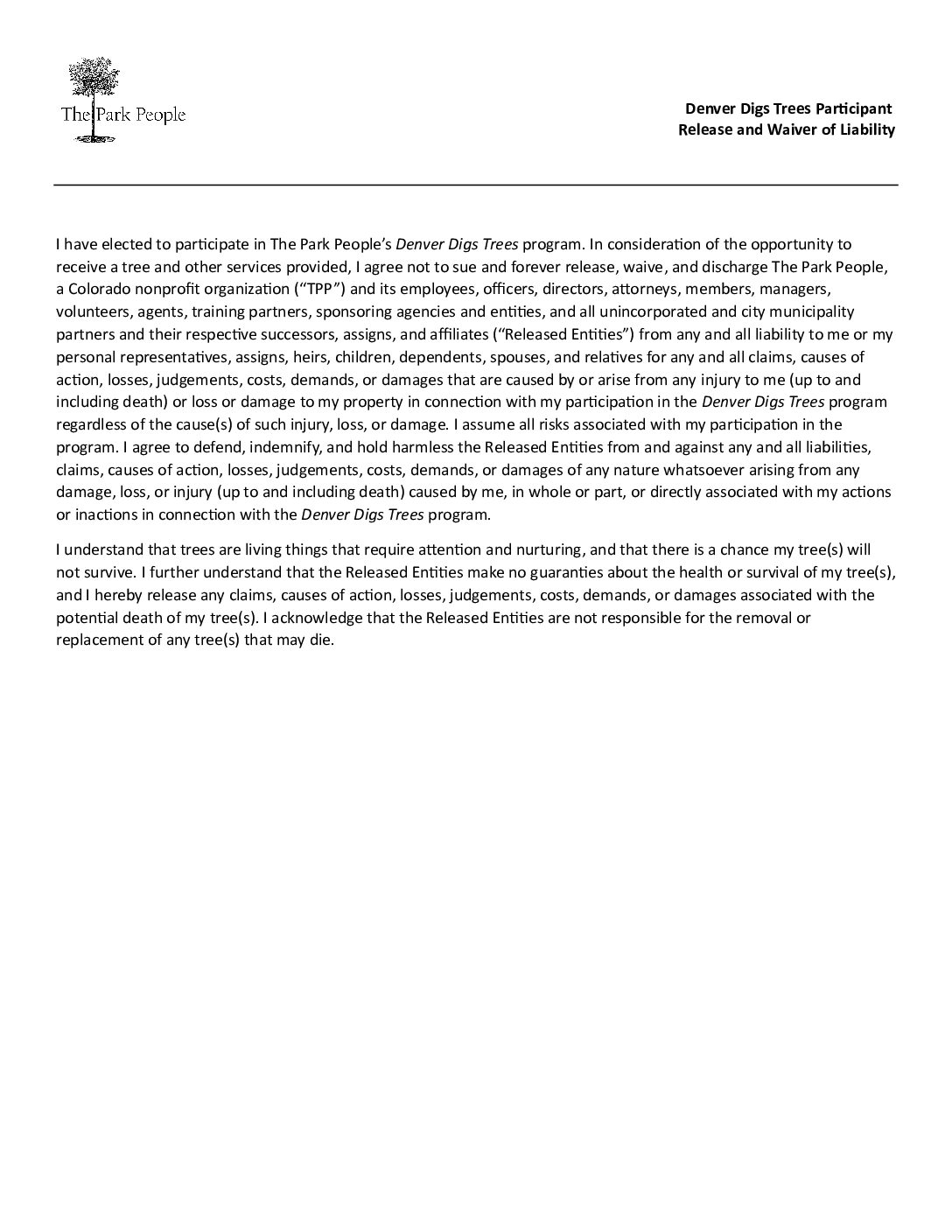 Denver Digs Trees Participant Release and Waiver of Liability
Denver Digs Trees Participant Release and Waiver of Liability
I have elected to participate in The Park People’s Denver Digs Trees program. In consideration of the opportunity to receive a tree and other services provided, I agree not to sue and forever release, waive, and discharge The Park People, a Colorado nonprofit organization (“TPP”) and its employees, officers, directors, attorneys, members, managers, volunteers, agents, training partners, sponsoring agencies and entities, and all unincorporated municipality and city partners and their respective successors, assigns, and affiliates (“Released Entities”) from any and all liability to me or my personal representatives, assigns, heirs, children, dependents, spouses, and relatives for any and all claims, causes of action, losses, judgements, costs, demands, or damages that are caused by or arise from any injury to me (up to and including death) or loss or damage to my property in connection with my participation in the Denver Digs Trees program regardless of the cause(s) of such injury, loss, or damage. I assume all risks associated with my participation in the program. I agree to defend, indemnify, and hold harmless the Released Entities from and against any and all liabilities, claims, causes of action, losses, judgements, costs, demands, or damages of any nature whatsoever arising from any damage, loss, or injury (up to and including death) caused by me, in whole or part, or directly associated with my actions or inactions in connection with the Denver Digs Trees program.
I understand that trees are living things that require attention and nurturing, and that there is a chance my tree(s) will not survive. I further understand that the Released Entities make no guaranties about the health or survival of my tree(s), and I hereby release any claims, causes of action, losses, judgements, costs, demands, or damages associated with the potential death of my tree(s). I acknowledge that the Released Entities are not responsible for the removal or replacement of any tree(s) that may die.



